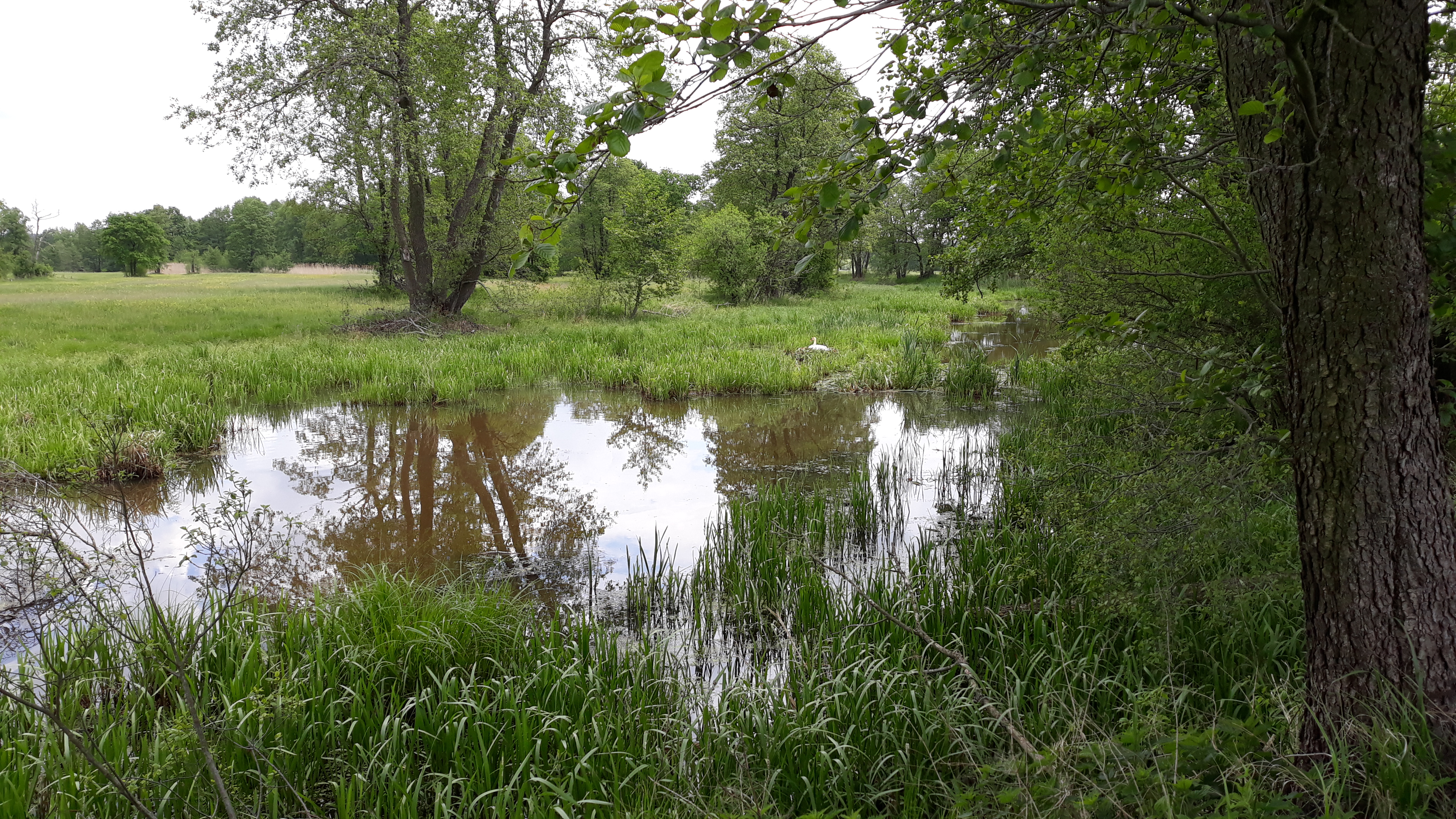Alongside the twisting Narew River, in a picturesque landscape that has not changed since 1925, is a third-generation farm run by Marta and Tadeusz Żerańscy.
Half of the 50 hectares are dedicated to organic agriculture, while the other half – consisting of 100-year-old forest stands, dunes, meadows, and wasteland – is left to nature and a diverse population of wildlife.
Marta and Tadeusz have long respected the sensitive relationship between their farm and the immediate environment – not least due to their proximity to natural water resources. The farm is bordered by the Narew River and contains two lakes, a pond, and several water reservoirs. It is also located within NATURA 2000, the European Union’s network of nature protection.
“We built a manure plate and slurry tank... and from that moment on, we started managing fertilizers rationally."
The decision to abandon pesticides and mineral fertilizers, and switch to organic agriculture, occurred in 2001. The first revelation came after learning about organic methods from agricultural advisors. The second after watching a TV program about the devastating effects of eutrophication. Once Marta and Tadeusz had made up their minds, they received support during the transition period through small subsidies.

“We were very pleased when we realized that the use of organic fertilizers alone is enough to achieve a certain yield and improve soil fertility,” says Marta.
When it comes to nutrient management, one of the major changes the farmers made is how they store manure. They wanted to store it in a way that would prevent heavy rains from leaching nitrogen into the surface and groundwater.
“We built a manure plate and slurry tank... and from that moment on, we started managing fertilizers rationally,” says Marta.
Among other methods used today, Marta and Tadeusz practice precision fertilization, crop rotation, conservation tillage, and have catch crops and mid-field margins. Ash is added to the compost to further enrich the soil. They also maintain over 13 hectares of permanent grassland.
One source of continuous inspiration and new knowledge about innovative practices for the farmers today is their own son, who is currently studying at agricultural university.
"Our son constantly tells us how we can introduce new solutions on the farm, and mobilizes us to act," says Marta.
The results of the farmers’ cumulative efforts are evident in the rich biodiversity on the farm, as well as the clean and non-eutrophic water bodies. Marta and Tadeusz have even noticed a growing interest in their farm products.
“We have the great satisfaction that everyone comes back to us to buy products that are healthy, tasty, and organic,” says Marta.
In 2019, Marta and Tadeusz Żerańscy received the national Baltic Sea Farmer of the Year Award in recognition of their efforts to reduce nutrient runoff on their farm.
FARM FACTS
- Location: Chełsty Village in east-central Poland
- Type of farm: Organic crop and livestock farm (50 ha)
- Main production: Winter rye, oats, buckwheat, various vegetables, and dairy products
- Key practices: Buffer zones, catchment water bodies on property including water reservoirs, ponds, and lakes; covered soil, crop rotation, manure management, minimum tillage, no chemical fertilizers or pesticides, permanent grasslands, precision fertilization, preservation of trees
- National jury motivation: “The jury mainly took into account the sustainable management approach which contributes to the protection of waters against pollution. The Żerańscy family implements environmentally friendly practices that allow limiting nutrient losses from the farm. Natural water reservoirs have survived intact or decades without signs of eutrophication, which testifies to the rational use of crop rotation and fertilization. The farmers promote the idea of management in accordance with respect for the surrounding environment. This farm and its approach to animal and crop production is undoubtedly a pattern worthy of respect and imitation.”

